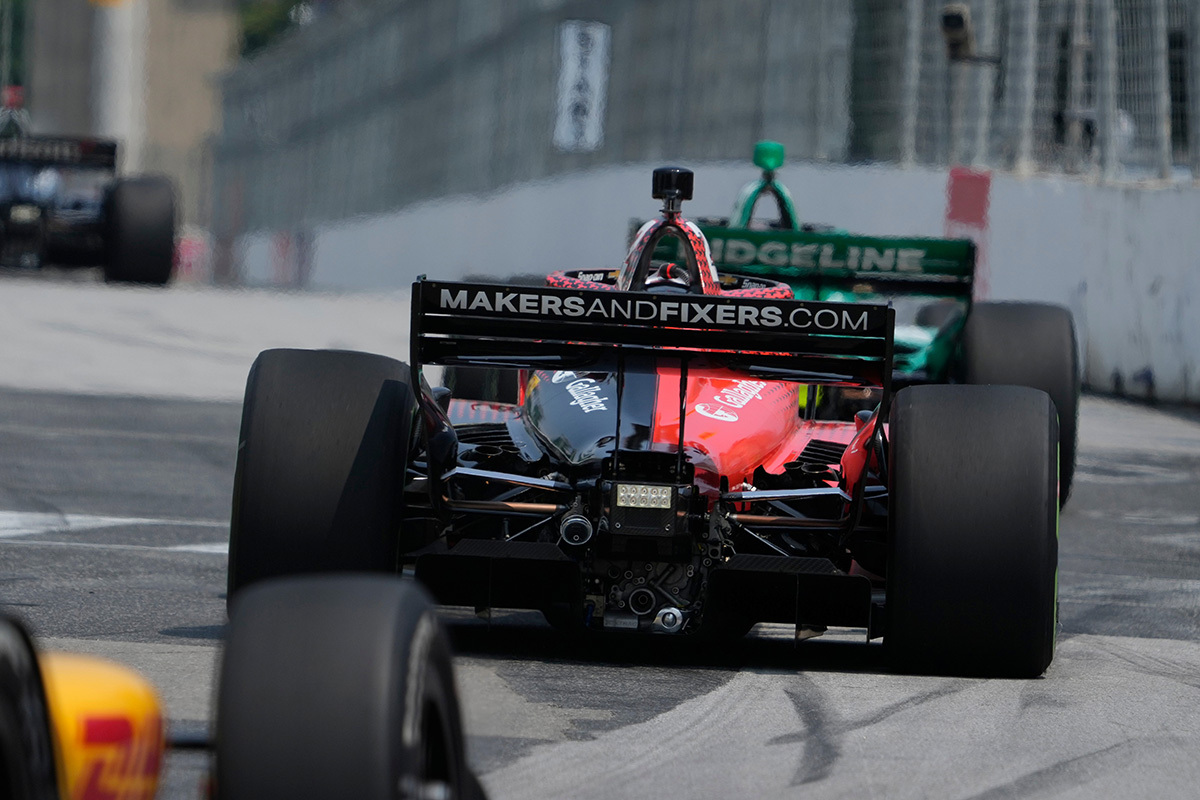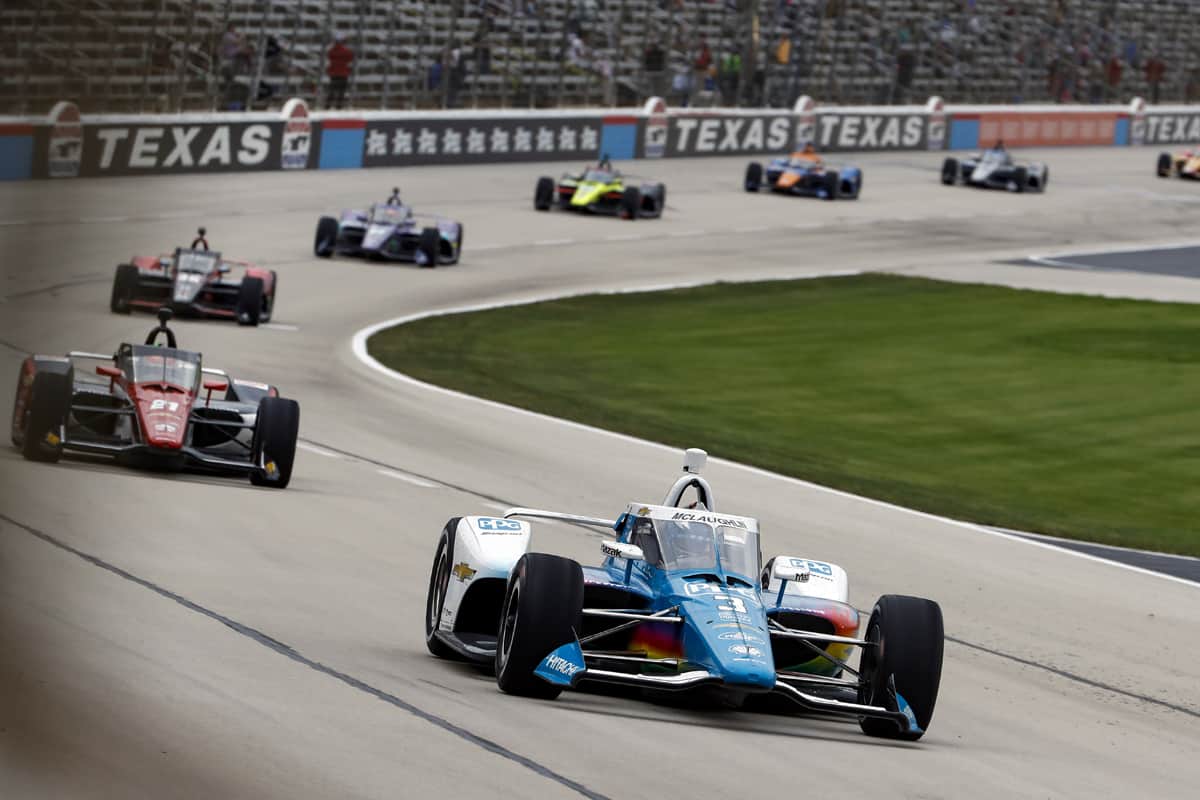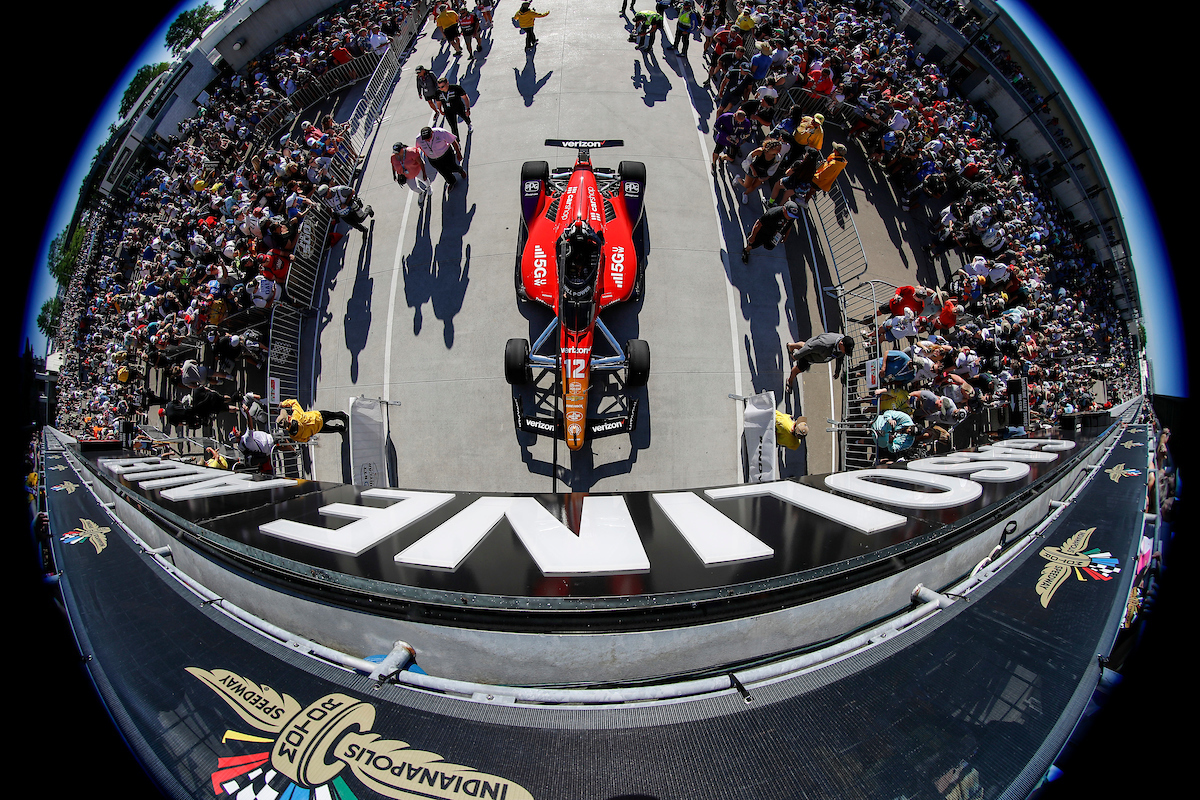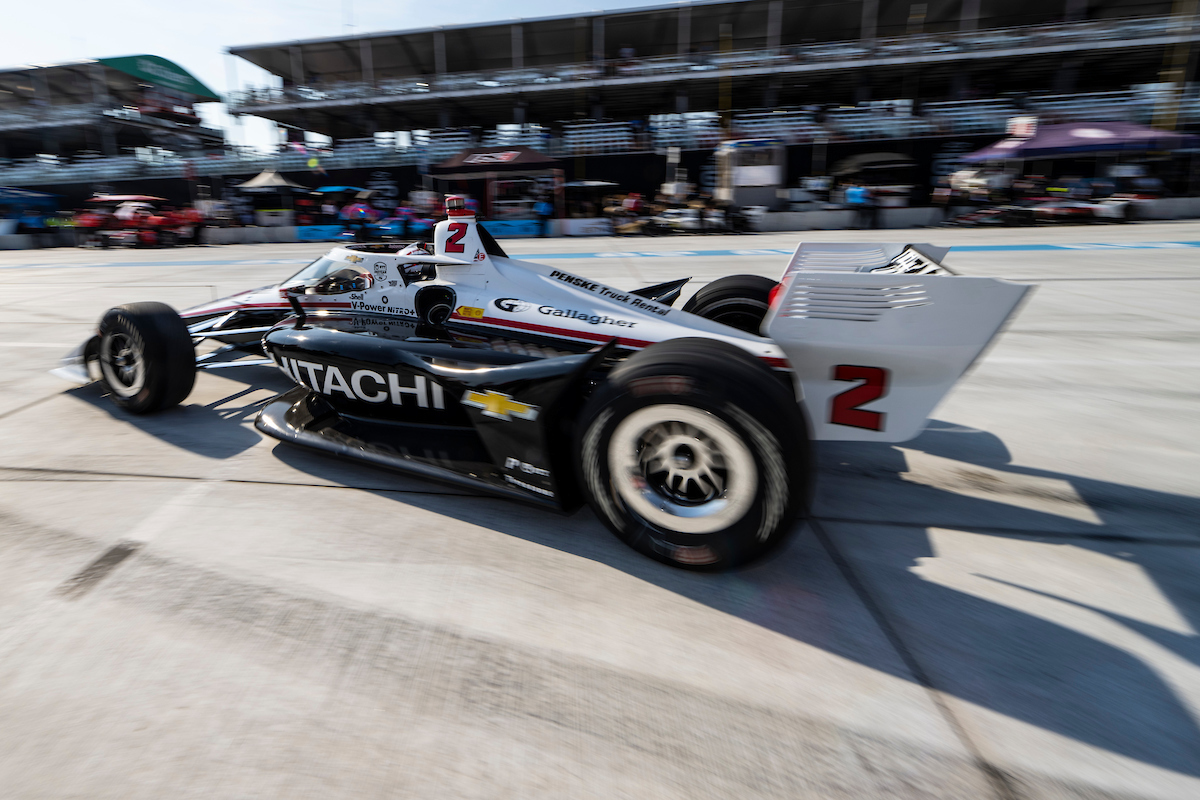How Much Fuel Does An IndyCar Hold?
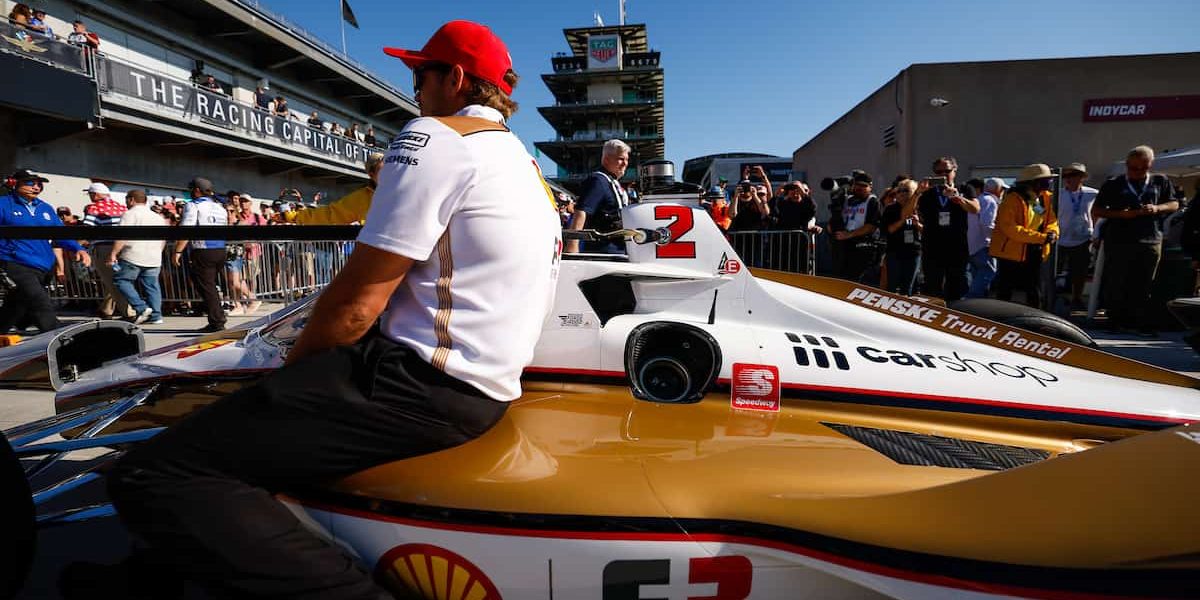
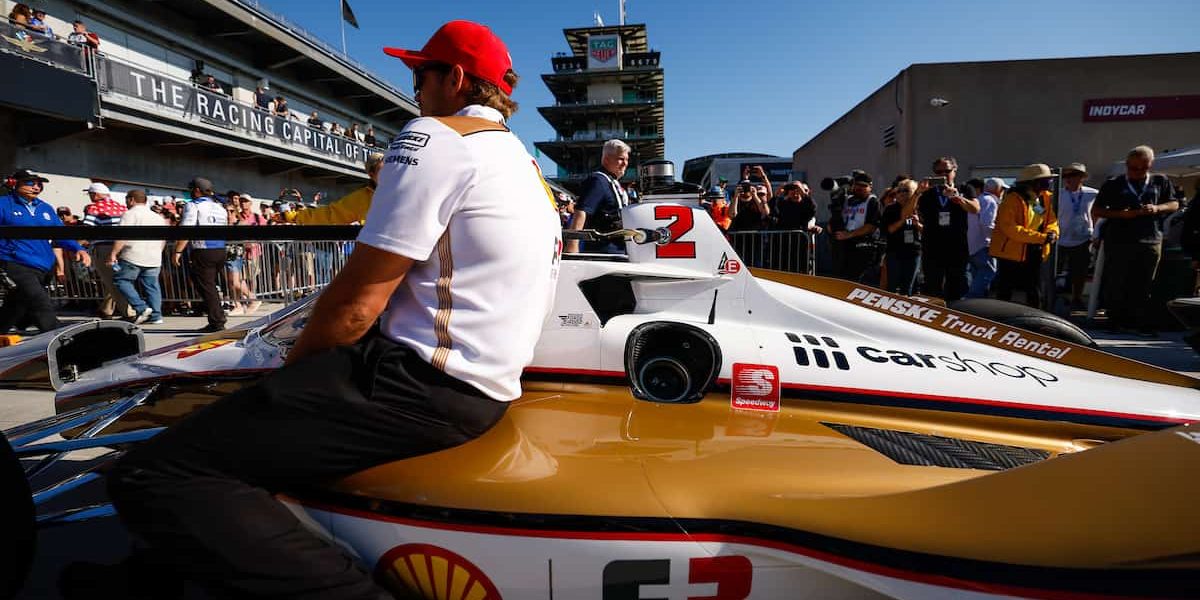
Because of the frequent revisions in IndyCar racing regulations, IndyCar fuel has undergone many changes, from the type of fuel that IndyCars are allowed to use to how much fuel a car can hold. Because of this, many motorsports fan have at one point wondered how much fuel does an IndyCar hold?
An IndyCar’s current fuel capacity is 18.5 US gallons, but this figure has changed significantly over the years. Previously the maximum fuel capacity for an IndyCar from 2007–2011 was 22 US gallons or 83 liters, from 2004 until 2006 was 30 US gallons or 114 liters, and from 1997 to 2003, it was 35 US gallons or 132 liters.
Furthermore, The fuel cell for the current IndyCar Series car spec is made of rubber and layered with a Kevlar-fitted blanket for additional protection against side impacts.
This article will supply you with the information that will enable you to answer the question: How much fuel does an IndyCar hold? As well as explore other topics about the fuel used in IndyCar racing…
Table of Contents
What type of fuel do they use in Indy cars?
By regulations, all teams must get their fuel from a common fuel tank in the ‘Gasoline Alley,’ and all the team’s fuel tanks should be bolted to the ground when filling their tanks to ensure that no team gains an advantage by tipping their fuel tank when refueling.
How much Mileage per Gallon (MPG) does an IndyCar get?
With this mileage per gallon ratio, each IndyCar will utilize an average of 0.6 gallons of fuel per lap. So using the Indy 500 as the basis for our example. An IndyCar will need 125 gallons to finish the total 500 laps of the race.
Is refueling allowed during races in IndyCar?
Whenever an IndyCar driver pits, his Team’s crew can fill up the car’s 18.5-gallon fuel tank capacity in as fast as seven seconds!
Is the IndyCar’s engine fuel injected?
Based on Indycar regulations, there are no restrictions on fuel flow that can be used in the engine configuration of the IndyCar Series.
After six years, Chevrolet returned to the series in 2012 and introduced an all-new, engineered, Ilmor-developed, V6 twin-turbocharged engine.
However, Honda stayed committed to the series they were using during that time, but in 2012 they also started supplying V6 single-turbocharged engines to IndyCar teams.
Can IndyCar teams modify the fuel for their IndyCar?
This no fuel modification rule and Indycar regulation is monitored and controlled by the PerkinElmer Mobile fuel analysis team every race, which is the official analytical instrumentation and fuel certification sponsor of IndyCar racing.
According to Jesse Leonard, a PerkinElmer Senior GC Service Specialist, while their team is on the racing track, they take samples from the cars and analyze them on the Clarus GC to make sure that the fuel in the Indycars has not been altered or modified in any way from the fuel that they profile from the standard IndyCar tank at the beginning of each race. He also stated that it is against the IndyCar race regulations to add or remove anything from the series-supplied fuel.
However, in 2009, Jeff Horton, The IndyCar Director of Engineering/Safety, discovered that one of the IndyCar team found a way to “dry out” their pit fuel supply, which provided a slight advantage to their team’s driver.
Brett Boyer, a Field Application Scientist from PerkinElmer, stated that he became suspicious that water was removed from that team’s fuel tank when he noticed less water in the gas chromatogram than the supplied fuel for the IndyCar vehicle.
After the lab testing findings confirmed their suspicion, the team involved paid a hefty fine.
PerkinElmer Senior GC Service Specialist, Jesse Leonard, said that it is nice to help the IndyCar racing by contributing through the use of their product and knowledge of fuel testing.
Marvin Riley, INDYCAR’s Director of Engine Development, replied to this statement by saying that the Indianapolis 500 organization and Verizon INDYCAR Series are proud to be associated with PerkinElmer. He also added that the GC instrumentation, together with the knowledge and expertise of the technical specialists of PerkinElmer, has made his job easier by ensuring that all teams are on a level playing field by making sure that they use the proper fuel during the races.
How much fuel does an IndyCar hold? – Final Thoughts
To summarize, the answer to the question, How many Gallons of fuel does an IndyCar hold? Is the following:
An IndyCar’s current fuel capacity is 18.5 US gallons, but this figure has changed significantly over the years. Previously the maximum fuel capacity for an IndyCar from 2007–2011 was 22 US gallons or 83 liters, from 2004 until 2006 was 30 US gallons or 114 liters, and from 1997 to 2003, it was 35 US gallons or 132 liters.
Furthermore, the mileage per gallon of an IndyCar fuel is about four miles to the gallon. These cars use two-liter twin-turbo direct-injected V6 engines made by either Chevrolet or Honda. This low mileage of IndyCars is because these cars are primarily designed for performance and not fuel efficiency.






